OxyContin withdrawal may be hard to overcome... How can you deal with it? Practical guide here. ...


Evidence-based descriptions of the most popular Rx drugs and their effects. The full spectrum of prescription drug use from habit to addiction.
Constipation, nausea and sleep disturbances are only few side effects of OxyContin. What are the others? Check out here, plus all facts on Oxycontin
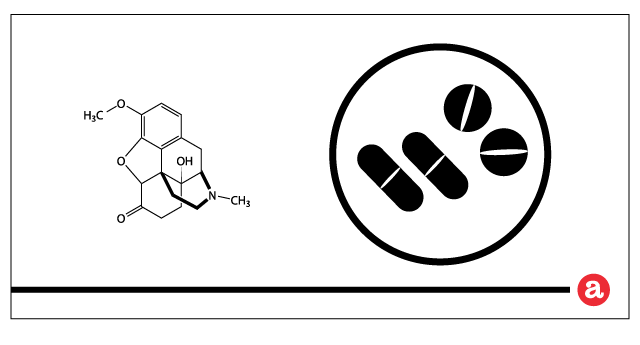
OxyContin withdrawal may be hard to overcome... How can you deal with it? Practical guide here. ...

A look at the main services provided in treatment from OxyContin addiction. Find out what awaits you during and after a ...

What changes occur in your body and brain as you take OxyContin for pain management? Find a break-down of the medication ...
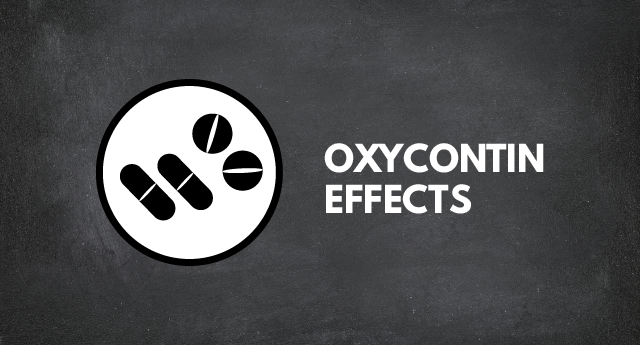
There are a number of physical signs and symptoms that can suggest someone is addicted to OxyContin. More on how to reco ...
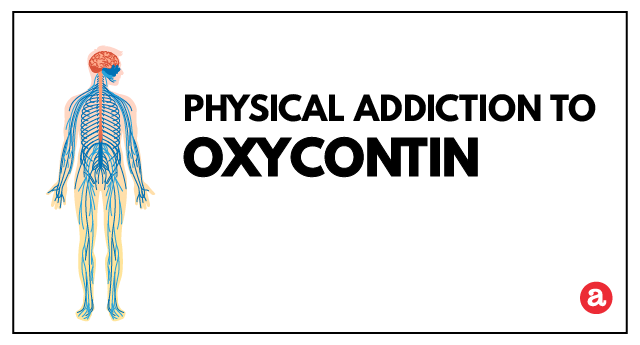
There are many ways you can help an OxyContin addict. Show support and encouragement. Stage interventions. Or, research ...
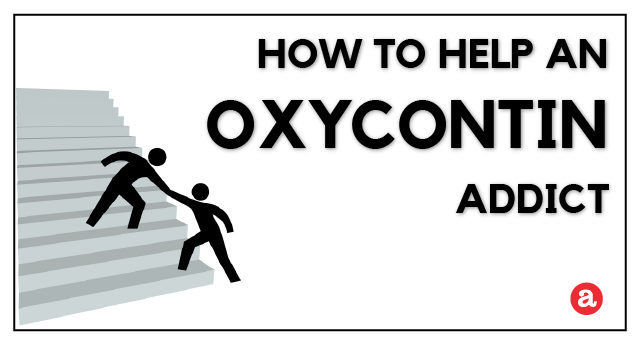
How can opioid or opiate dependence be treated with a prescription for another opioid? More here. ...

You can become addicted to OxyContin even after prescription use? How can you tell that you or someone you love is addic ...
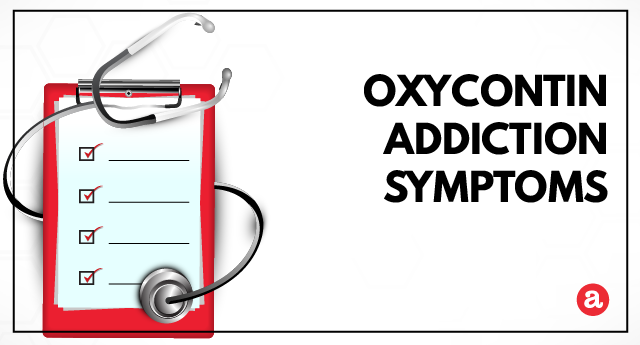
OxyContin contains oxycodone, but includes a time-release mechanism so that the pain-killing effect lasts longer (meanin ...

OxyContin withdrawal side effects include nausea, sleep disturbance, depression, and anxiety. More on what to expect dur ...

When snort OxyContin, you increase the intensity, quickness, and duration of action of oxycodone on the system. What do ...

HOW OUR HELP LINE WORKS
For those seeking addiction treatment for themselves or a loved one, the Addictionblog.org helpline is a private and
convenient solution.
Calls to any general helpline (non-facility specific 1-8XX numbers) for your visit will be answered by
American Addiction Centers (AAC).
Caring admissions consultants are standing by 24/7 to discuss your treatment options. These representatives work
solely for AAC and will discuss whether an AAC facility may be an option for you.
Our helpline is offered at no cost to you and with no obligation to enter into treatment. Neither Addictionblog.org
nor AAC receives any commission or other fee that is dependent upon which treatment provider a visitor may
ultimately choose.
For more information on AAC’s commitment to ethical marketing and treatment practices, or to learn more about how to
select a treatment provider, visit our About AAC.
If you wish to explore additional treatment options or connect with a specific rehab center, you can browse top-rated listings, visit our homepage and browse by state, or visit SAMHSA.
Comments